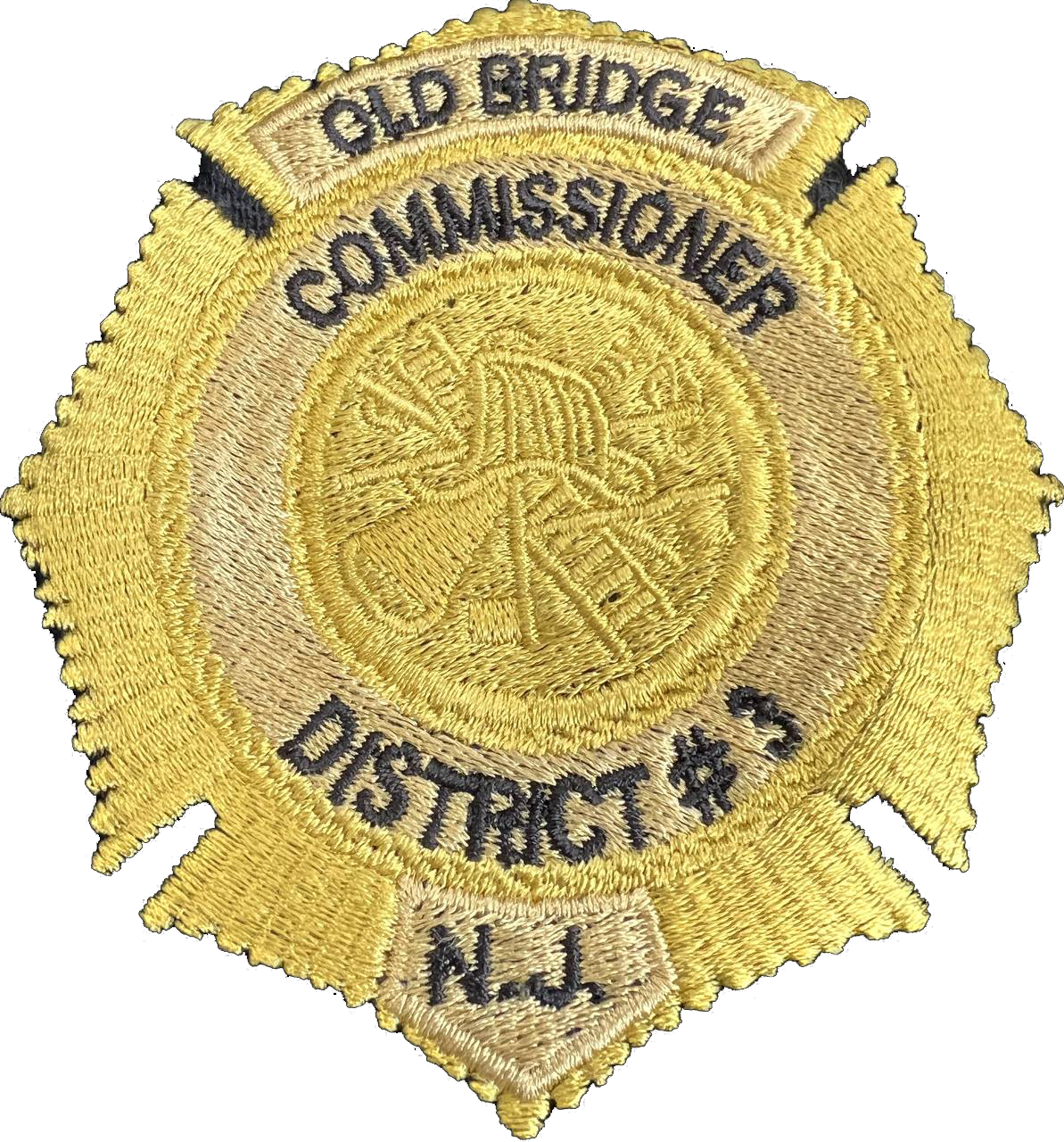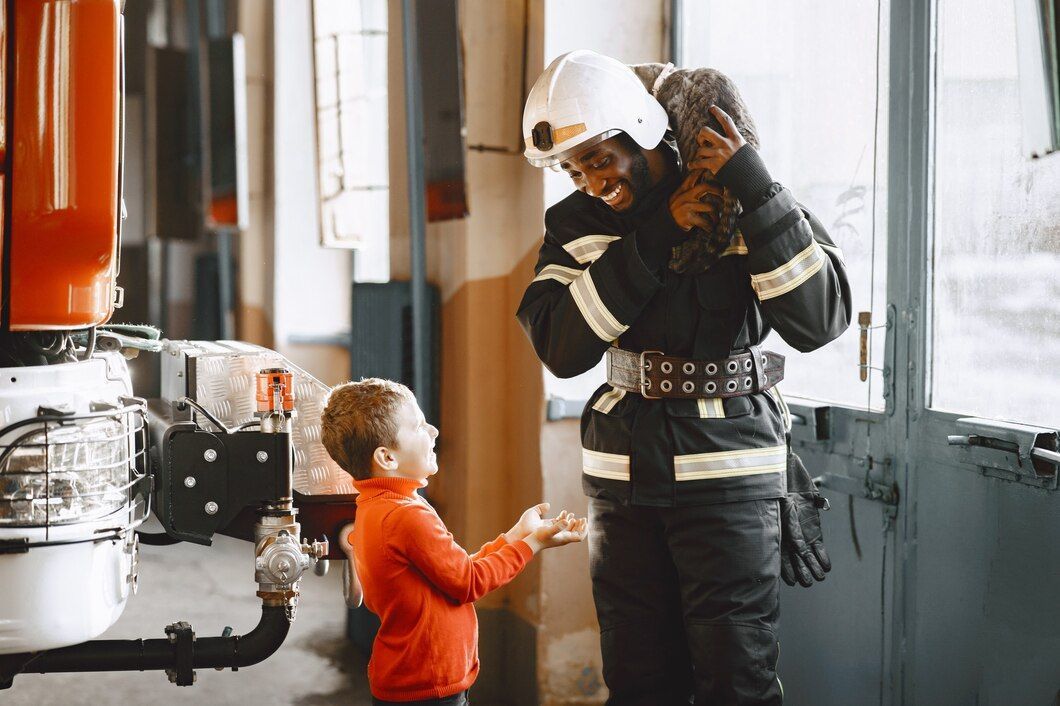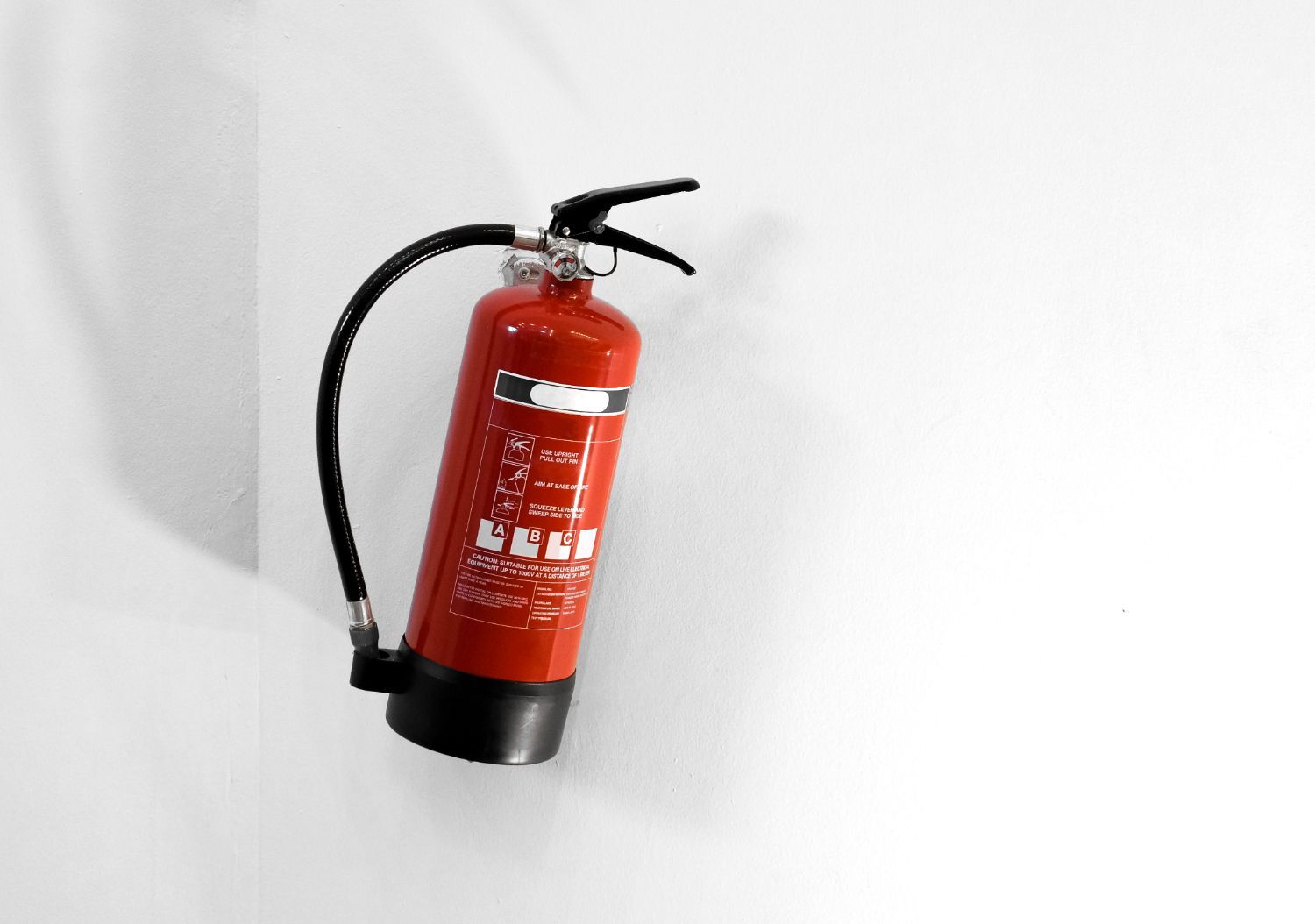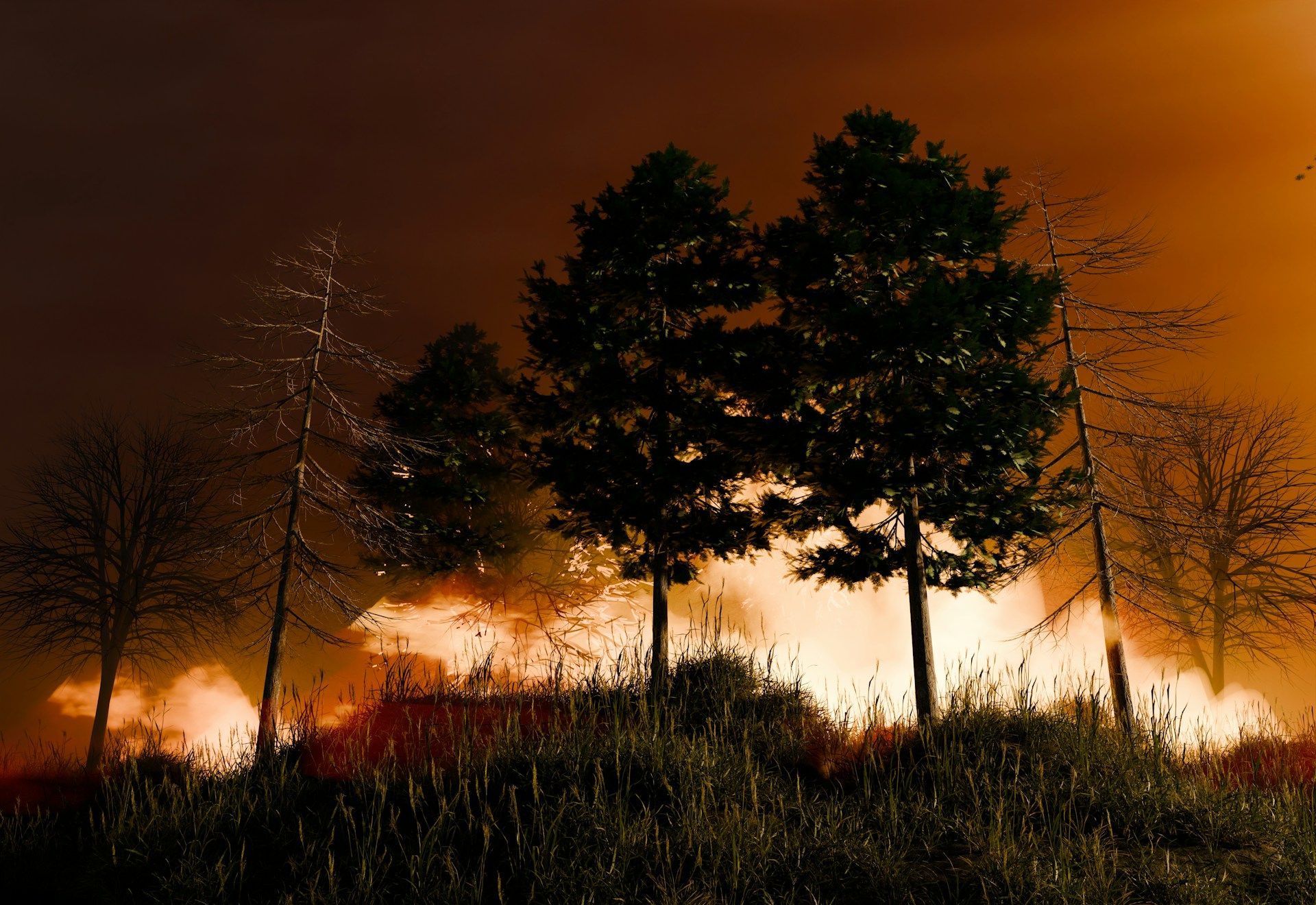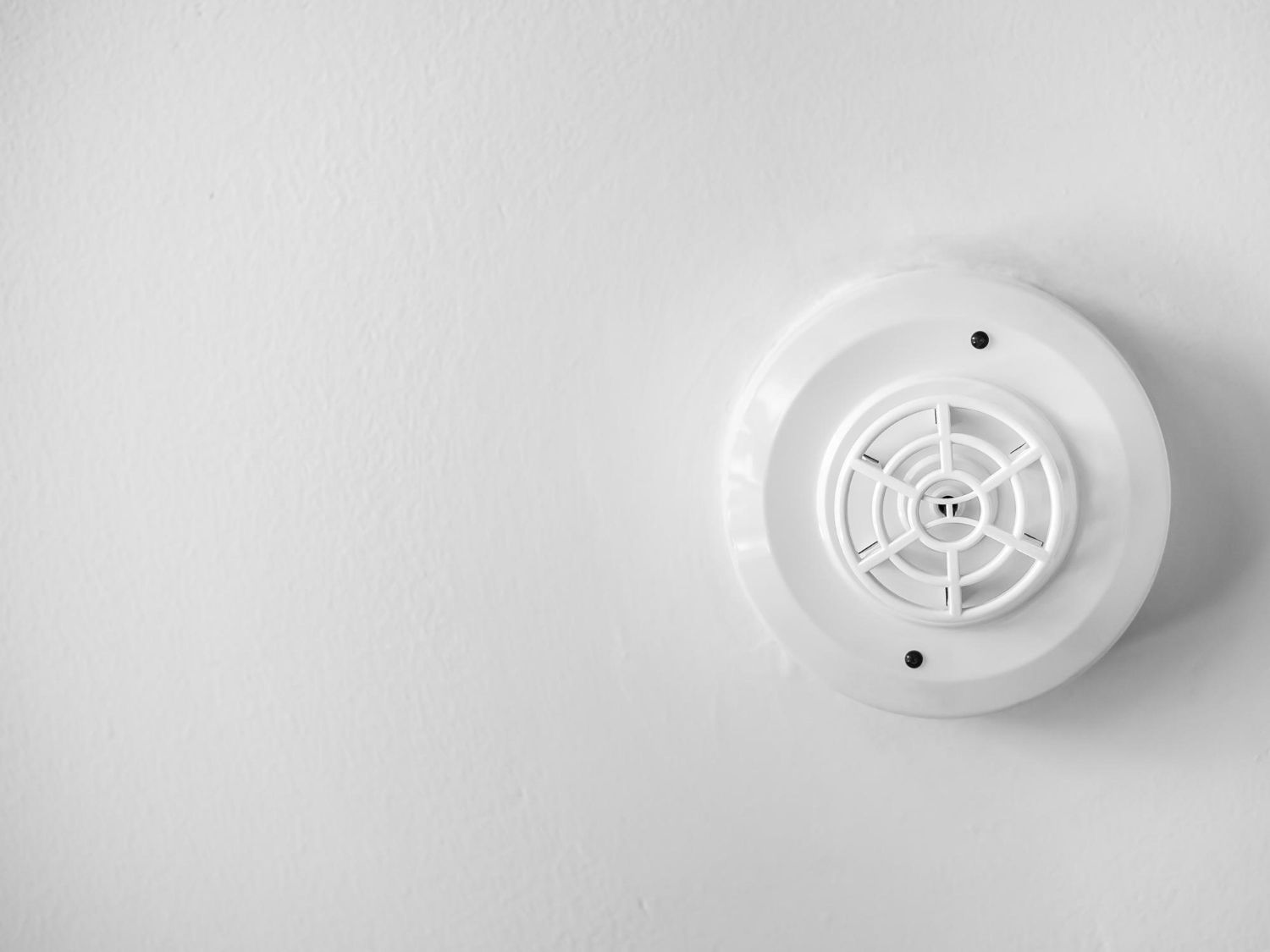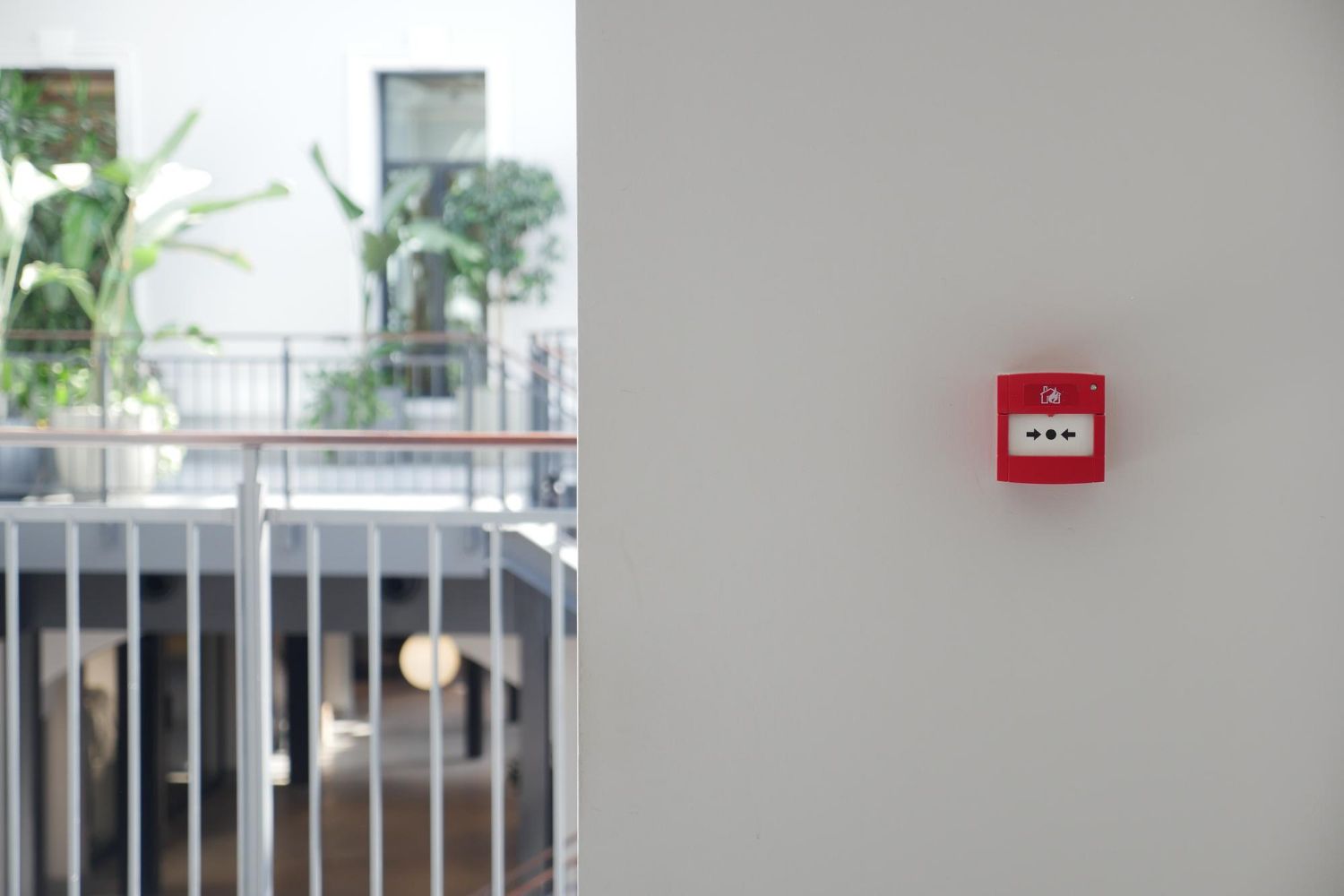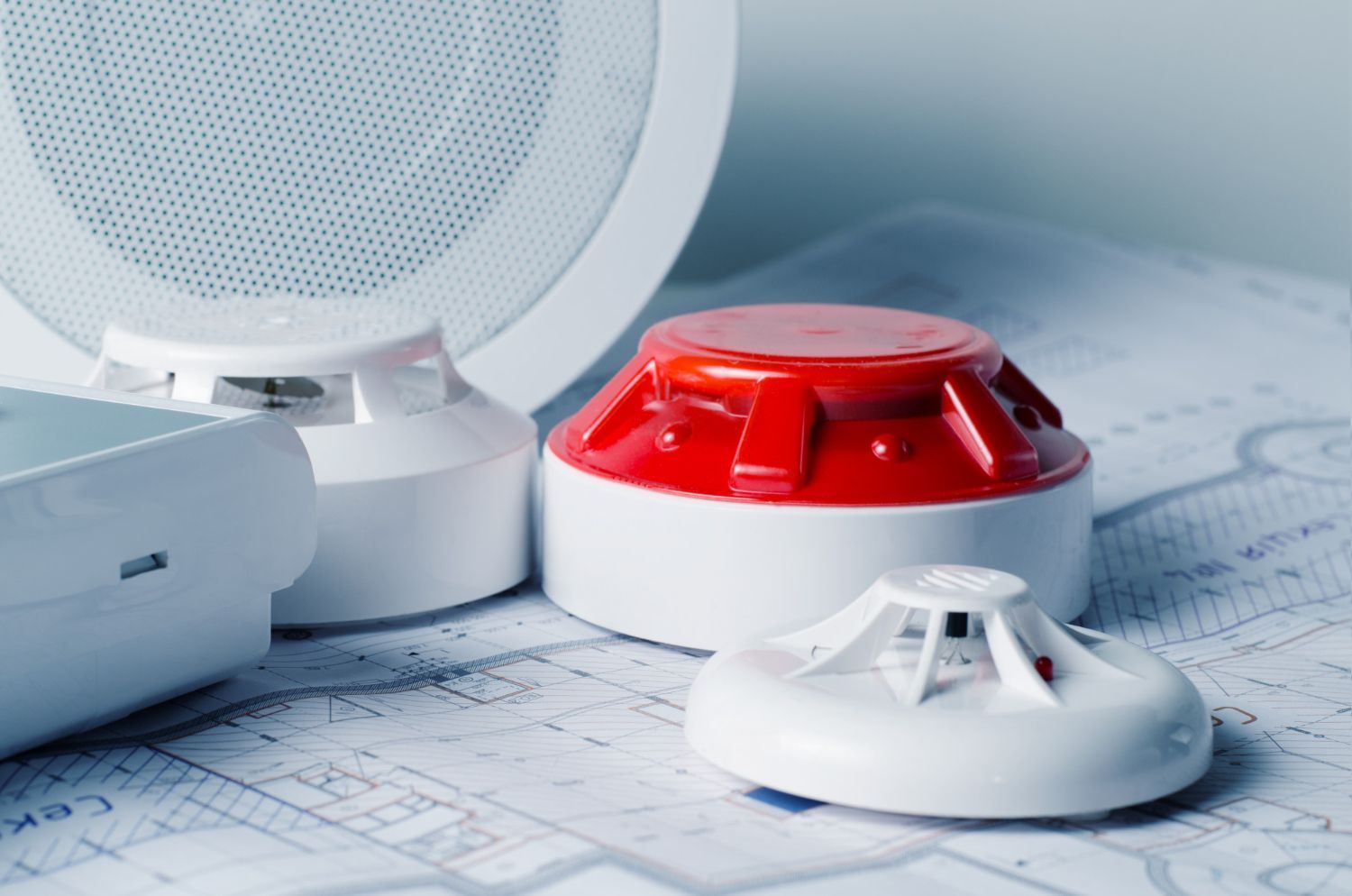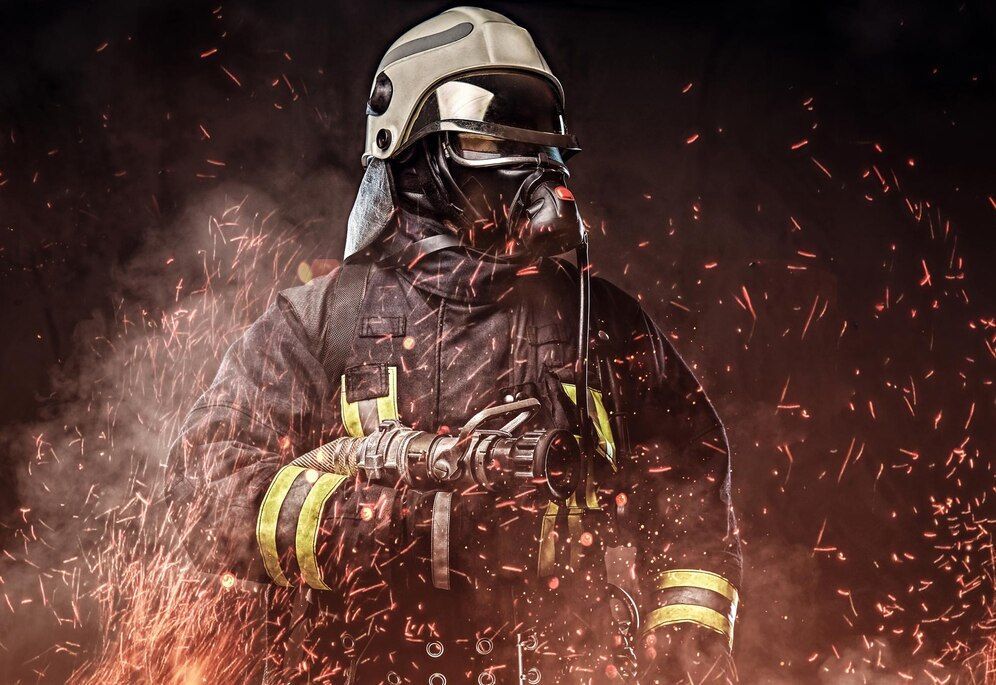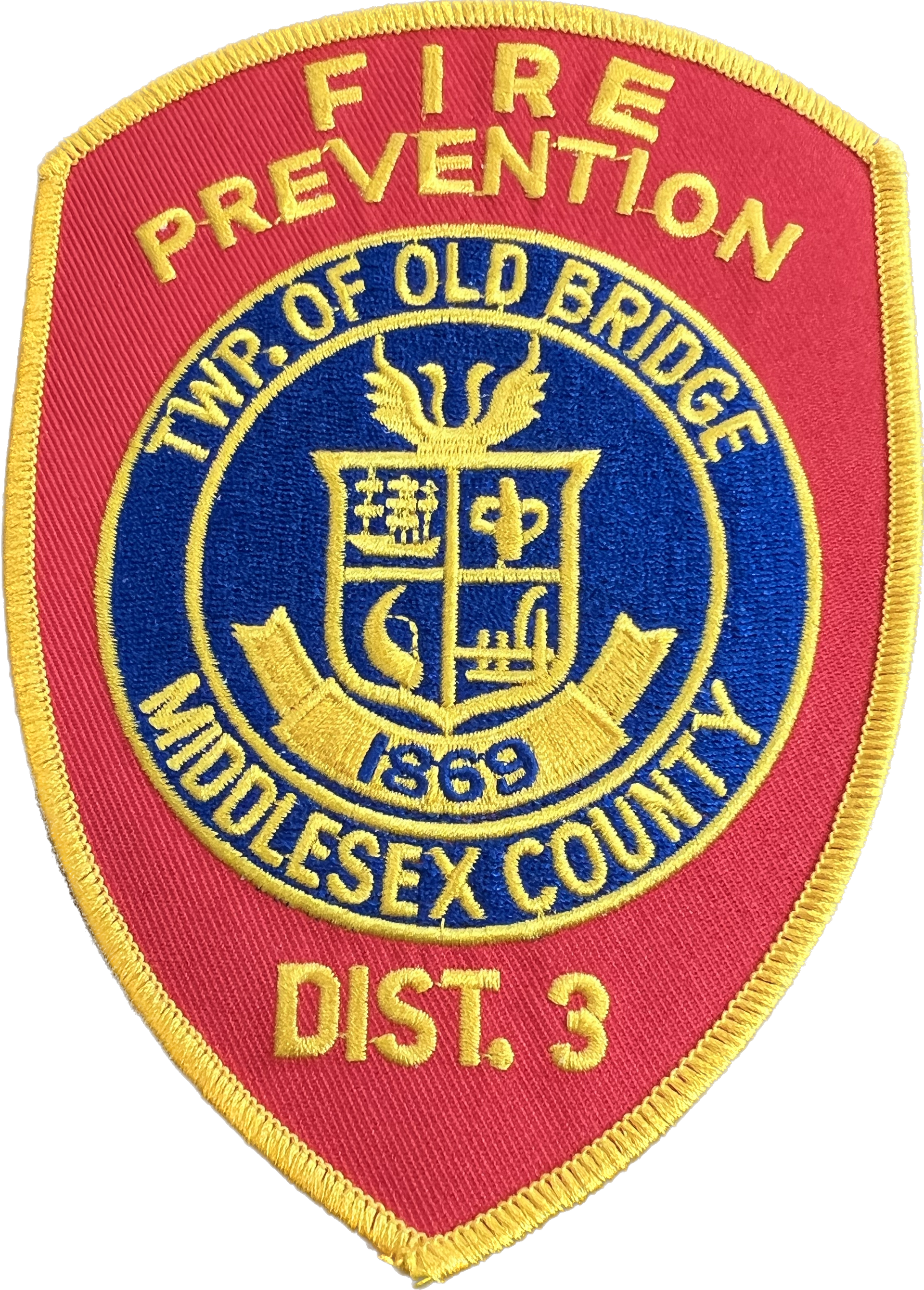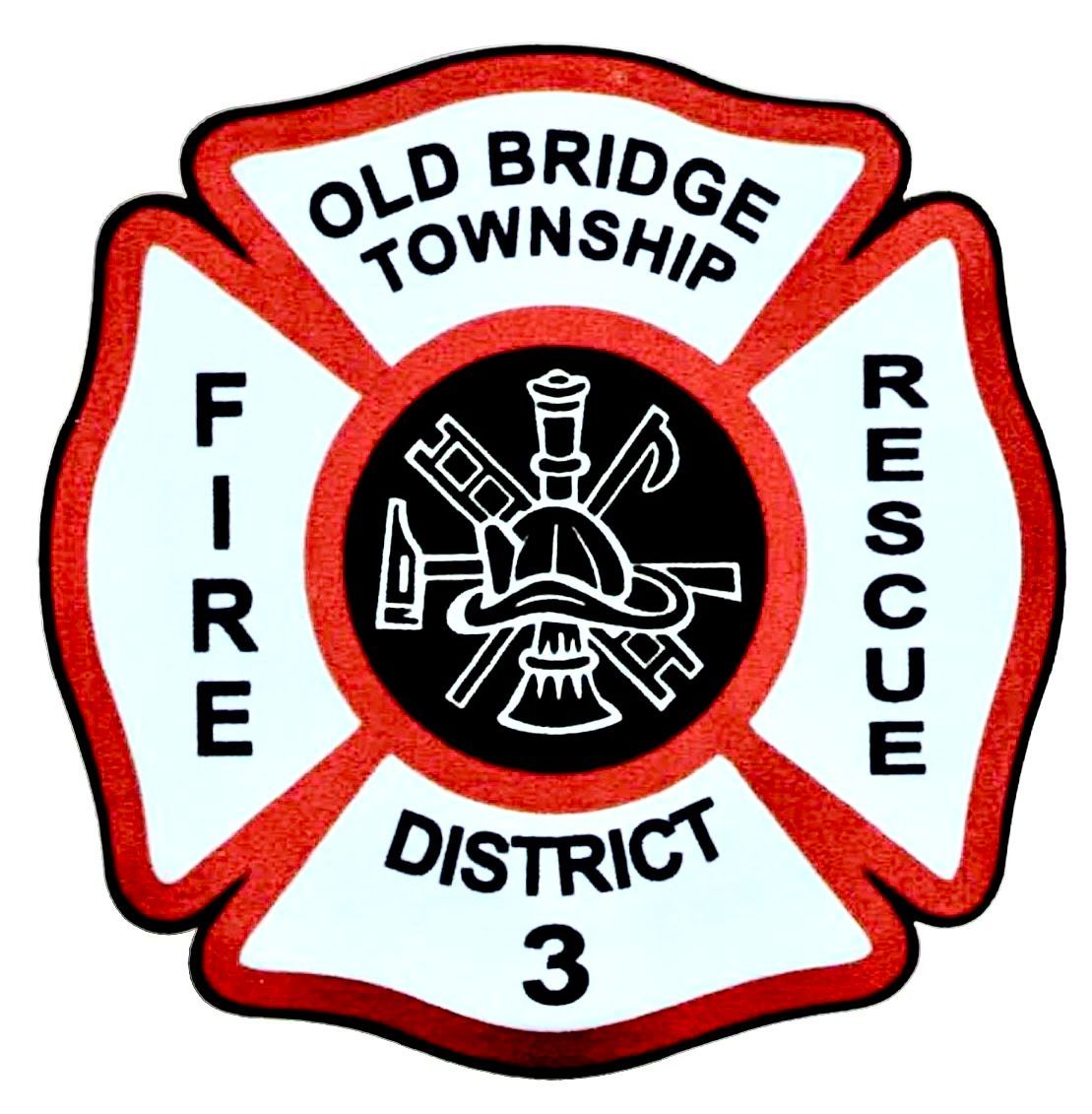How to Practice a Fire Drill with Your Family

Fire drills are a key part of keeping your family safe in an emergency. Knowing exactly what to do and where to go can save precious time when it matters most. Practicing fire drills helps everyone stay calm and act quickly if a fire ever breaks out in your home.
In this article, we’ll walk you through the important reasons for practicing fire drills, the steps to create a family fire escape plan, and how to conduct the drill effectively. By the end, your family will be well-prepared to handle a fire emergency safely and efficiently. Remember, the goal is to make your home a safer place for everyone.
Why Practicing Fire Drills is Important
Practicing fire drills is crucial for keeping your family safe. During an emergency, every second counts. Knowing exactly what steps to take can help everyone stay calm and exit the house quickly. Practicing helps everyone remember the plan, reducing panic and confusion.
Another reason for regular fire drills is that they help identify potential problems in your escape plan. You might find that a usually clear hallway is blocked or that your kids don't fully understand what to do. By practicing, you can fix these issues before facing a real emergency.
Additionally, fire drills teach children the importance of fire safety. Kids learn best through repetition, so practicing drills helps them remember what to do. When children know their role, they are more likely to follow the plan during an actual fire. This knowledge can be lifesaving.
Steps to Create a Family Fire Escape Plan
Creating a family fire escape plan is the first step to staying safe. Follow these steps to make a plan that works for everyone.
1. Draw a Floor Plan: Draw a simple map of your home. Mark all doors and windows. This will help you visualize the best escape routes.
2. Identify Exits: Find two exits out of every room. This could include doors and windows. Make sure everyone can easily open these exits.
3. Choose a Meeting Spot: Pick a safe place outside, like a tree or a neighbor's porch, where everyone can meet after escaping. Make sure it’s far enough from the house to be safe.
4. Assign Roles: Decide who will help younger children, pets, or anyone who needs assistance. Everyone should know their role in the plan.
5. Teach Safety Techniques: Show everyone how to check doors for heat and how to stay low to avoid smoke. Teach them how to use the back of their hand to test for heat.
6. Discuss the Plan: Talk about the plan with your family. Answer any questions and make sure everyone understands each step.
By following these steps, you can create a fire escape plan that ensures everyone knows how to get out quickly and safely. Regularly reviewing and updating the plan keeps it fresh in everyone's mind.
Conducting the Fire Drill: What to Do
Once you have a solid fire escape plan, it's time to practice it with your family. Conducting a fire drill helps you see how well the plan works and gives everyone a chance to practice their roles. Here’s how to run an effective fire drill:
1. Start with a Surprise: Announce the drill at an unexpected time. This makes the practice more realistic since fires don’t happen on a schedule. Set off a smoke alarm to simulate what a real fire would sound like.
2. Act Out the Plan: Follow the escape routes as planned. Make sure everyone stays low to the ground to avoid smoke. Check the doors for heat before opening them. Use the primary exit route first, and if it’s blocked, practice using the secondary route.
3. Gather at the Meeting Spot: Once outside, go directly to your designated meeting spot. This ensures everyone is out safely and counts heads to make sure no one is missing.
4. Time the Drill: Use a stopwatch to see how long the drill takes. Aim to get everyone out in less than two minutes since fires can spread fast.
Practicing your fire drill in a calm and orderly manner helps everyone remember what to do during an actual emergency. Review how each drill went and discuss improvements if needed.
Reviewing and Improving Your Fire Drill Practice
After conducting your fire drill, it’s crucial to review what happened. This helps you identify areas for improvement and ensures everyone understands their role in the plan.
1. Gather Feedback: Sit down as a family and talk about how the drill went. Ask if anyone had trouble following the plan or felt confused at any point. Encourage everyone to share their thoughts.
2. Identify Problems: Look for any issues that came up during the drill, like blocked exits, difficulty opening windows, or confusion about the meeting spot. Write these problems down so you can address them.
3. Make Necessary Changes: Based on your feedback and identified issues, update your fire escape plan. This might include clearing clutter from escape routes or changing the location of your meeting spot.
4. Practice Regularly: Don’t just practice once and forget about it. Regular drills help keep the plan fresh in everyone’s mind. Try to practice at least twice a year or whenever you make changes to the plan.
5. Involve Everyone: Make sure every family member, including kids, knows the escape plan and practices it. Repetition helps everyone remember what to do in a real fire.
By reviewing and improving your fire drill practice, you ensure that your family is as prepared as possible for a fire emergency. The goal is to make the drill second nature so everyone can react quickly and safely.
Conclusion
Regular fire drills are an essential part of keeping your family safe. By understanding the importance of these drills, creating a detailed escape plan, and practicing it regularly, you prepare everyone for the unthinkable. Fires can happen unexpectedly, and being prepared can save lives.
For more information on fire safety and to support the
fire prevention efforts of your local fire department, contact us at the Board of Fire Commissioners, Fire District 3, Township of Old Bridge today. Together, we can help keep our community safe and informed about fire protection.
